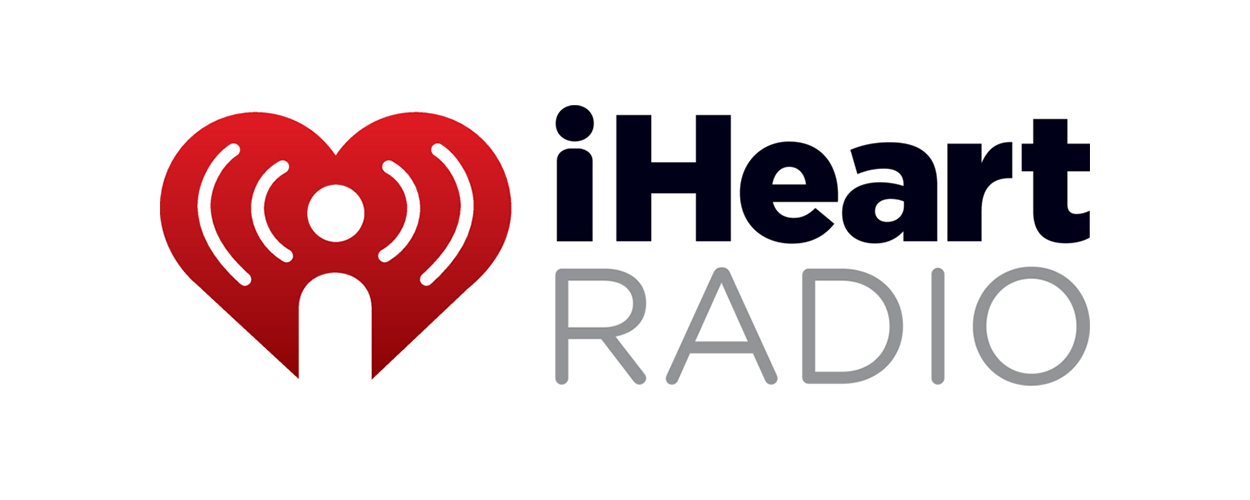This website uses cookies so that we can provide you with the best user experience possible. Cookie information is stored in your browser and performs functions such as recognising you when you return to our website and helping our team to understand which sections of the website you find most interesting and useful.
Business News Digital Media
iHeartMedia plotting launch into paid-for streaming
By Chris Cooke | Published on Wednesday 21 September 2016

Personalised radio service showcases a $5 a month subscription package that removes the ads, as well as plotting a fully on-demand streaming platform at $10 month. Sound familiar? Yeah, it does a bit, doesn’t it?
US radio giant iHeartMedia is planning on moving into subscription streaming, and could announce those plans this week, according to the New York Post. Formally Clear Channel, iHeart already competes with Pandora in the US via its iHeartRadio app, which provides users with free access to both a stack of radio channels and a personalised radio experience.
Although coming to market later, iHeartRadio caught up with rival Pandora in terms of users, partly because of relentless promotion of the service via iHeart’s large network of AM and FM radio stations in the US.
That move was something of a gamble on the broadcaster’s part, in that traditional radio is still currently a more bankable business than streaming, but the media firm has been shifting listeners over to the online service, recognising that that is probably where its future lies.
Unlike Pandora, iHeart has only ever had a free option, whereas the former has always had an ad-free $5 a month premium package, even though the vast majority of its users are on the freemium level. As previously reported, last week Pandora ramped up that $5 a month package, while also teasing its move into fully on-demand streaming at $10 a month, a new level that will make it a direct competitor of Spotify and Apple Music for the first time.
According to the Post, iHeart now plans to pretty much replicate Pandora’s model, in that it will continue to offer its free service, but will have a $5 a month package that removes the ads and increases the number of tracks a user can skip when listening to a personalised radio channel, and a $10 a month package offering fully on-demand streaming.
For Pandora, ramping up its existing premium service and moving into fully on-demand is primarily about boosting its subscription revenues, with the digital firm basically admitting that ad income alone cannot sustain the business. And it seems likely that iHeart has similar motivations for adding premium packages.
Though, like with Pandora, doing so will require iHeart to enter into direct deals with the record companies, rather than relying on the compulsory licence in the US that applies to personalised radio but not fully on-demand streams.
iHeart has done some direct deals with some labels in the past, exploiting the fact that, under US copyright law, its AM/FM stations don’t have to pay anything to the labels for the recordings they play. Those deals, therefore, got iHeart preferential rates on streams in return for a commitment to share some ad income from AM and FM channels. It will be interesting to see if the media firm revisits that proposal as it seeks more direct deals for its proposed fully on-demand streaming service.
Assuming both iHeart and Pandora enter the fully on-demand market in the next six months, as well as starting to push a $5 a month mid-range offer too, it will be interesting to see what kinds of sign up the two services achieve.
The record companies now basically see paid-for subscription services, rather than ad-funded set-ups, as the future of streaming. Just this week the Recording Industry Association Of America again bigged up the paid-for subscription services, which are in no small part responsible for the US recorded music market seeing revenues rise 8.1% year-on-year (at retail, 5.7% wholesale) in the first half of 2016.
Though, of course, Spotify continues to offer free streams on the basis that doing so provides a great marketing channel via which to upsell a paid-for package. Assuming you buy that strategy, both Pandora and iHeart are interesting because they each boast free userbases similar to Spotify’s, despite only being live in three markets, and mainly the US. Could their respective moves into premium therefore result in a big boost in paying users overall?
Plus iHeartRadio has arguably pulled in the most mainstream user-base of all the services by also offering hundreds of conventional radio stations as part of the mix, meaning consumers can be hooked in to something very familiar, before being turned on to personalised radio, and then on-demand streaming and paid-for subscriptions.
Though, of course, subscription streaming remains a competitive and challenging market, and even those doing a good job of signing up new paying users are struggling to break even, because of the onerous minimum guarantees demanded by the labels and music publishers. Still, with Spotify and Apple Music now dominating the paid-for streaming market worldwide, it will be interesting to see whether Pandora or iHeart can become a third player.





